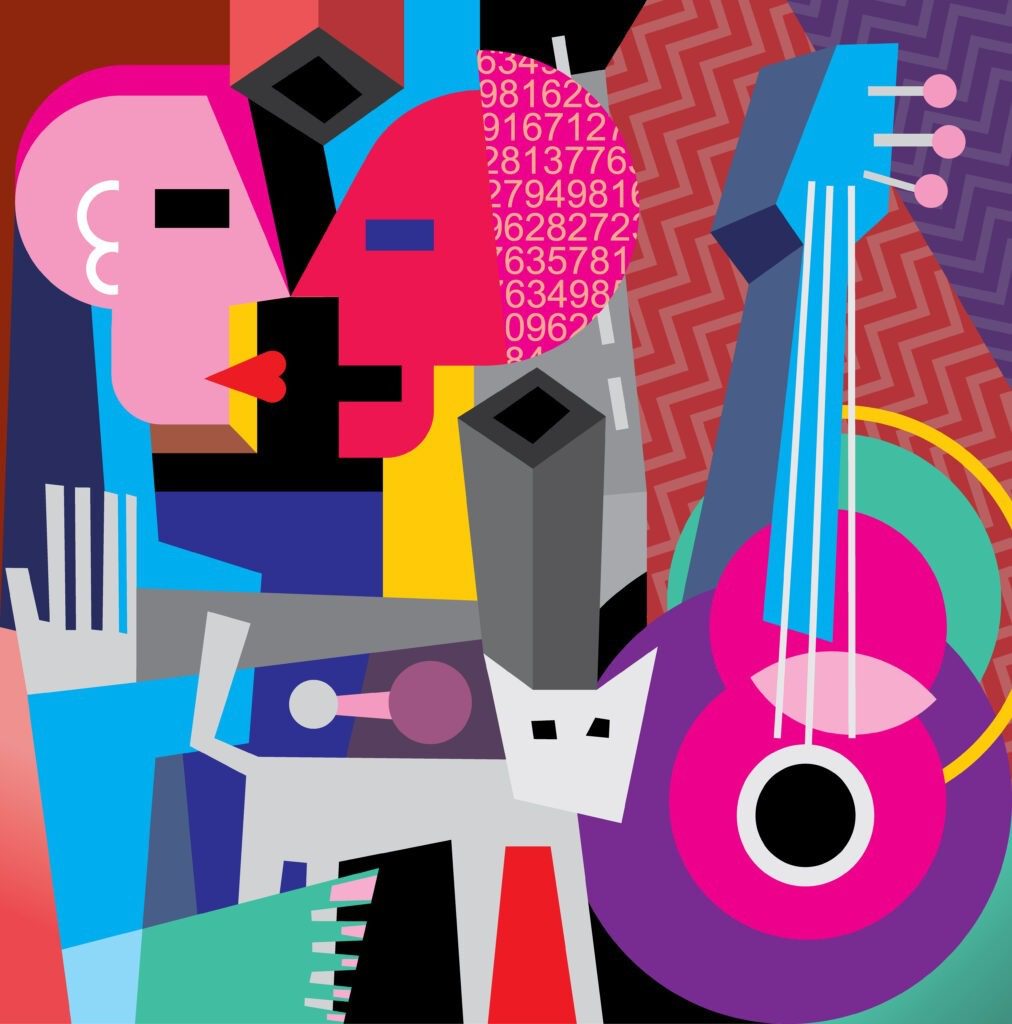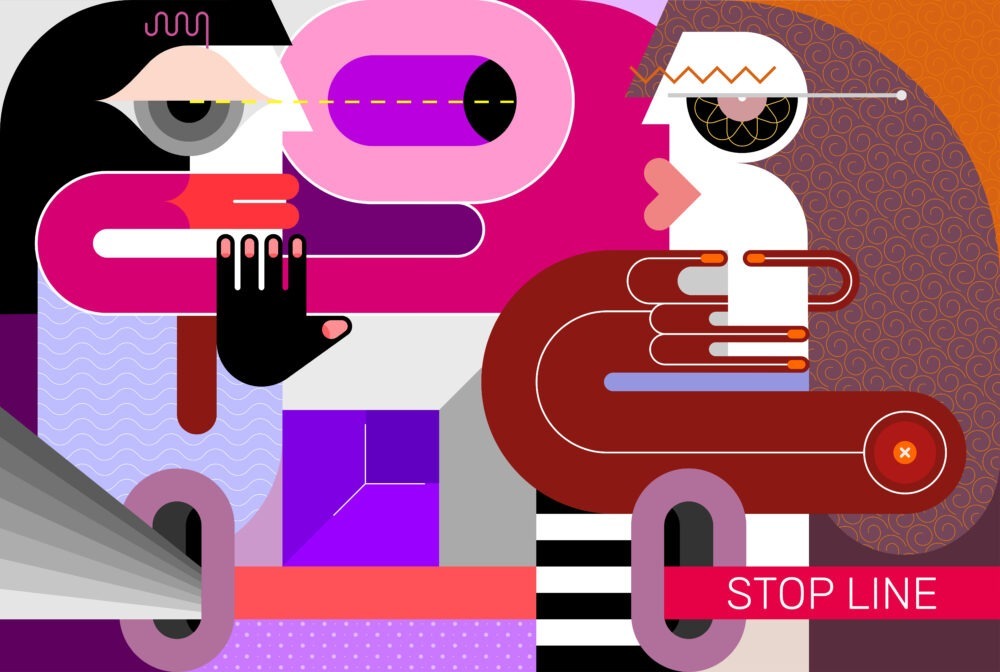Psychoanalysis is filled with terms and concepts that can be challenging to comprehend. Within this realm, the theories of Jacques Lacan, a renowned French psychoanalyst, stand out as particularly enigmatic. Lacan’s work, heavily influenced by Freudian psychoanalysis, introduced a unique vocabulary and framework that delves deep into the human psyche. In this article, we will unravel the intricate web of Lacanian terminology, providing readers with a comprehensive guide to understanding the key concepts coined by this influential thinker.
1. The Mirror Stage
One of Lacan’s fundamental concepts is the Mirror Stage. According to Lacan, this stage occurs during infancy when a child first recognizes themselves in a mirror. This moment is pivotal in the development of the ego, shaping the individual’s sense of identity and self-image.
2. The Symbolic Order
Lacan introduced the idea of the Symbolic Order, which represents the realm of language, culture, and symbols. In this context, language is not merely a tool for communication but a structure that shapes our understanding of reality. The Symbolic Order also encompasses societal norms, rules, and the symbolic meanings attached to words and gestures.
3. The Real
Contrasting with the Symbolic Order, Lacan introduced the concept of the Real. The Real is that which exists beyond language and cannot be fully represented or understood. It is the raw, unmediated experience of reality, often associated with trauma, intense emotions, and the inexplicable aspects of existence.
4. The Imaginary
Lacan’s Imaginary Order refers to the domain of images, illusions, and fantasies. It is the realm where the ego is constructed through identification with images, often leading to a distorted sense of self. The Imaginary is crucial in understanding human relationships, self-perception, and the formation of desires.
5. The Phallus
In Lacanian theory, the Phallus represents a complex symbolic concept. It transcends biological implications and embodies power, authority, and desire. The Phallus is a symbol of lack, highlighting the perpetual quest for completeness and the inherent incompleteness of human beings.
6. The Name-of-the-Father
The Name-of-the-Father signifies the symbolic function that establishes societal order and law. It represents the father figure as the one who imparts rules, regulations, and cultural norms, shaping an individual’s entry into the Symbolic Order. The absence or failure of the Name-of-the-Father can lead to various psychological challenges.

7. Desire and Lack
Lacan’s concept of Desire revolves around the eternal pursuit of an object representing completeness. However, desire merged with Lack, signifying the perpetual feeling of something missing. This interplay between desire and lack is central to Lacanian psychoanalysis, exploring the human condition and the pursuit of fulfillment.
8. The Other and The Other
In Lacanian theory, the Other (with a capital “O”) represents the big Other, which is the symbolic order and societal structure. It embodies the external framework of language, law, and cultural norms that shape human identity and behavior. On the other hand, the other (with a lowercase “o”) refers to other individuals, each with their own subjectivity and desires. The interplay between the individual’s desires and the societal Other creates complex dynamics in human interactions.
9. Jouissance
Jouissance is a term that encapsulates the complex, often paradoxical, nature of pleasure and enjoyment. It goes beyond simple pleasure, delving into the deeper, sometimes painful, and excessive experiences of enjoyment. Lacan theorized that jouissance is closely linked to desire and that individuals are drawn to both pleasure and its excesses, leading to intricate psychological and social phenomena.
10. The Gaze
The Gaze refers to the idea of being seen and the implications of being an object of someone else’s gaze. It explores the power dynamics, desire, and discomfort associated with being observed. The Gaze is not merely a physical act but a psychological and symbolic phenomenon, shaping self-perception and interpersonal relationships.
11. The Object Petit a
The Object Petit represents the unattainable object of desire. It is the elusive, often fantastical, object that individuals endlessly pursue, believing it will bring them ultimate satisfaction. However, the pursuit of the Object Petit a is marked by frustration and lack, highlighting the cyclical nature of desire.
12. The Sinthome
In Lacanian terms, the Sinthome refers to the unique, idiosyncratic way in which an individual constructs their identity and deals with the inconsistencies and traumas in their life. It represents the creative and adaptive strategies individuals employ to maintain a sense of coherence and stability in the face of internal and external challenges.
13. The Phallic Signifier
The Phallic Signifier is a symbolic concept that emphasizes the central role of the phallus in Lacanian psychoanalysis. It represents not just biological masculinity but also authority, power, and the signifier of desire. The Phallic Signifier plays a crucial role in structuring the individual’s relationship with desire and the symbolic order.
By exploring these additional terms alongside the foundational concepts, one can gain a deeper understanding of Lacanian psychoanalysis. These terms collectively form a complex and nuanced framework, shedding light on the intricacies of human subjectivity, desire, identity, and the interplay between the individual and society.
Conclusion
Navigating the terminology of Lacanian psychoanalysis offers profound insights into the complexities of human psychology and identity. By understanding these key concepts – the Mirror Stage, the Symbolic Order, the Real, the Imaginary, the Phallus, the Name-of-the-Father, and the dynamics of Desire and Lack – we gain a deeper appreciation for the intricacies of the human mind as interpreted through Lacan’s unique perspective. Embracing these concepts allows us to explore the depths of human consciousness, paving the way for a more profound understanding of ourselves and the world around us.
Ready to begin? Start your online therapy journey today. Book your first session now.




